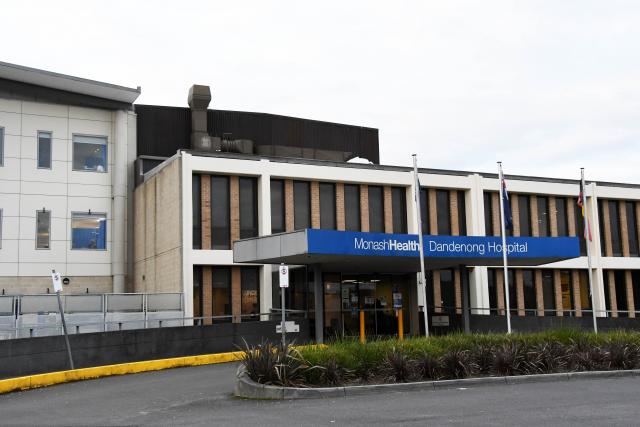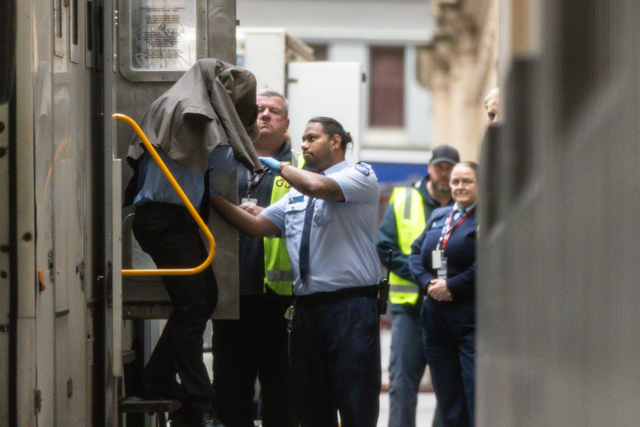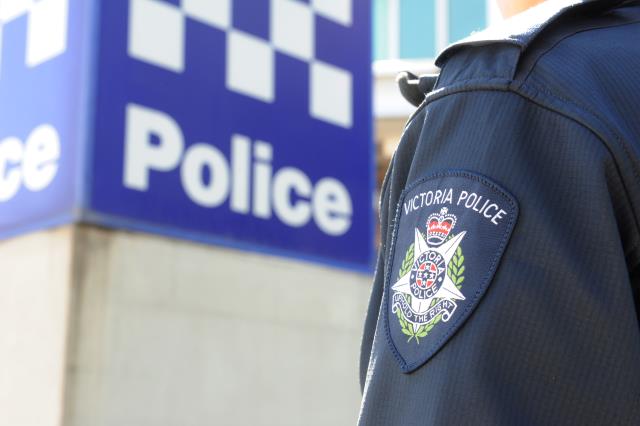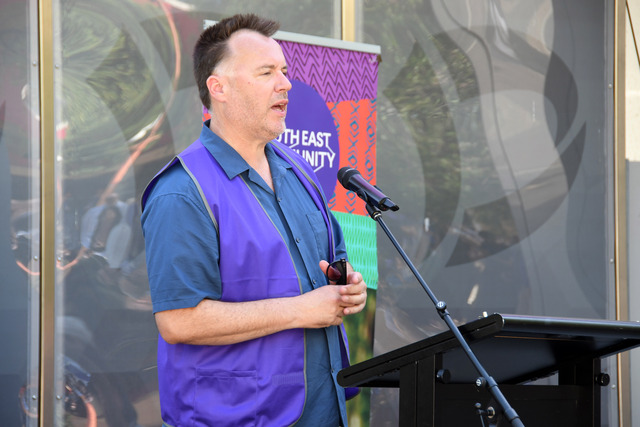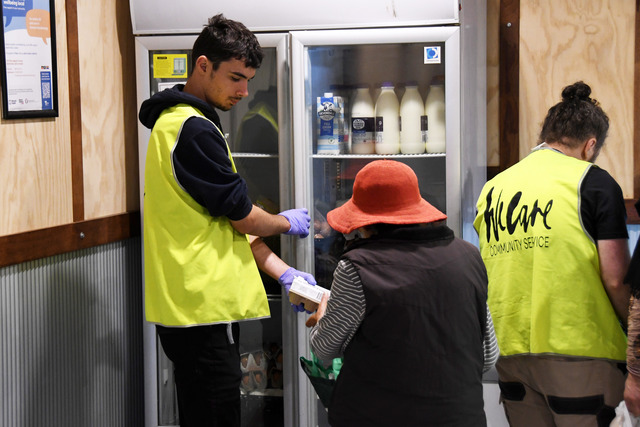Upgrade works may have led to dismally-high numbers of mental health patients languishing in Dandenong and Casey hospital emergency departments, according to the State Government.
In April-June, just 4 per cent of adult patients were transferred from Dandenong Hospital ED to a mental health bed within eight hours, according to official state health statistics.
At Casey Hospital, zero per cent of the adult mental-health transfers occurred within eight hours.
These were the lowest rates in the state, and well below the 44 per cent statewide average.
The rates are also a far cry from five years ago at Dandenong Hospital (54 per cent) and Casey (52 per cent).
In the same period, adult mental-health bed occupancy has risen from 94 per cent to 99 per cent in Dandenong, and slightly dipped from 74 per cent to 72 per cent at Casey.
According to the State Government, temporary intensive care area (ICA) closures during upgrade works may have contributed to higher occupancy rates.
Intensive care area beds have been upgraded at Monash Medical Centre to improve gender separation, safety and quality of care, with works underway at Casey Hospital and set to begin at Dandenong Hospital in early 2026.
“We know demand for mental health support continues to grow,” a government spokesperson said.
“That’s why we’re investing in upgrades to intensive care areas across the state and delivering six new Mental Health, Alcohol and Other Drugs Hubs in emergency departments, including at Monash Medical Centre.”
The spokesperson said Monash Health delivered the state’s largest mental health service for a “rapidly growing and diverse community across Melbourne’s south-east.”
“We’re expanding mental health services so people can get care sooner and closer to home right across Victoria – including through the new Dandenong Mental Health and Wellbeing Local, the upcoming Cardinia Local and the Hospital Outreach Post-suicidal Engagement (HOPE) aftercare program at Casey and Dandenong.”
Star News has received reports of patients staying for up to five days at Dandenong Hospital.
Cranbourne resident Ray, whose daughter has been a frequent patient at both hospitals, says they’ve languished up to 36 hours in the Casey Hospital ED.
The issue for him is not whether care starts, but how long it takes for that care to start.
He said Casey Hospital’s emergency department is often overwhelmed, with most of its 25 cubicles occupied.
“You sit in the waiting room for eight hours or so before you even see a doctor, and then they say that we need to sew up your arm or you need to see the mental health people,” he said.
“You have to wait for a few more hours to see the mental health people.
“Then maybe, they won’t come to see you until you’ve got a cubicle. They can’t get you into a cubicle because the emergency department’s full up, and they’ve got nowhere to put medical patients until a bed frees up on the ward.
“You just end up sitting there forever. And if you’re going to be transferred out, you’ve got to get that bed first. You’ve got to get mental health clearance.
“Then they’ll arrange transportation if there’s a bed to transport you to; they don’t have any idea when transportation is going to turn up. And no visibility of any of that stuff.
“You might sit there for a day and a half waiting for a bed….and then you will be transferred.”
Ray said there are not enough beds in the emergency departments at Casey Hospital.
“If you go up there most nights, it’ll be absolutely full in the waiting room with people lined up out of the corridor and up the hallway,” he recalled.
Ray said his daughter was referred to Monash Health’s community mental-health services, first the Early in Life Mental Health Service when she was younger, then the Youth Consultation and Treatment Team (YCTT).
These services offered psychiatric reviews and therapy, but had limited capacity, and she was eventually discharged and told to find a private psychiatrist.
For the daughter, private care proved unaffordable.
“If I said I’d been to the emergency department 300 times in seven years, I wouldn’t be lying. A good proportion of those times, what happens is you get turned around pretty quickly and sent home,” Ray said.
“If you are in the community mental health service, as we were, we would be sent on our way with the promise that somebody from the community mental health service would connect with us within 24 hours or so.
“95 per cent of the time, that never happened. Nobody ever called.”
Monash Health’s catchment covers one of Victoria’s fastest-growing areas, stretching across Casey, Dandenong and Cardinia.
In a statement, a Monash Health spokesperson said that at the EDs, mental health care begins the moment a patient is identified as needing support.
“Our Emergency Psychiatric Service, located within the emergency department, identifies and actively manages patients who need mental health assistance. This ensures patients receive specialist care and support before they transition to a dedicated mental health bed,” they said.
“Monash Health remains committed to working with the Victorian Government to ensure every member of our community receives the care they need to live their best possible life.”
Monash Health declined to comment on why such high numbers of Dandenong and Casey mental-health patients were staying in ED for beyond eight hours.
On average, patients stayed nearly a fortnight in Dandenong and Casey mental health beds, marginally longer than the rest of metro Melbourne, according to official statistics.
At Dandenong, 22 per cent of patients occupied beds for 35-plus days. This was more than double the rate of other Melbourne units.

